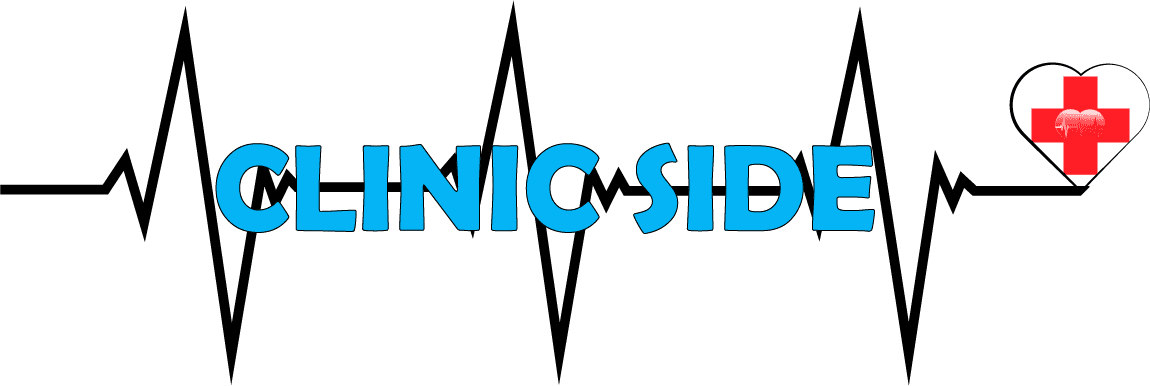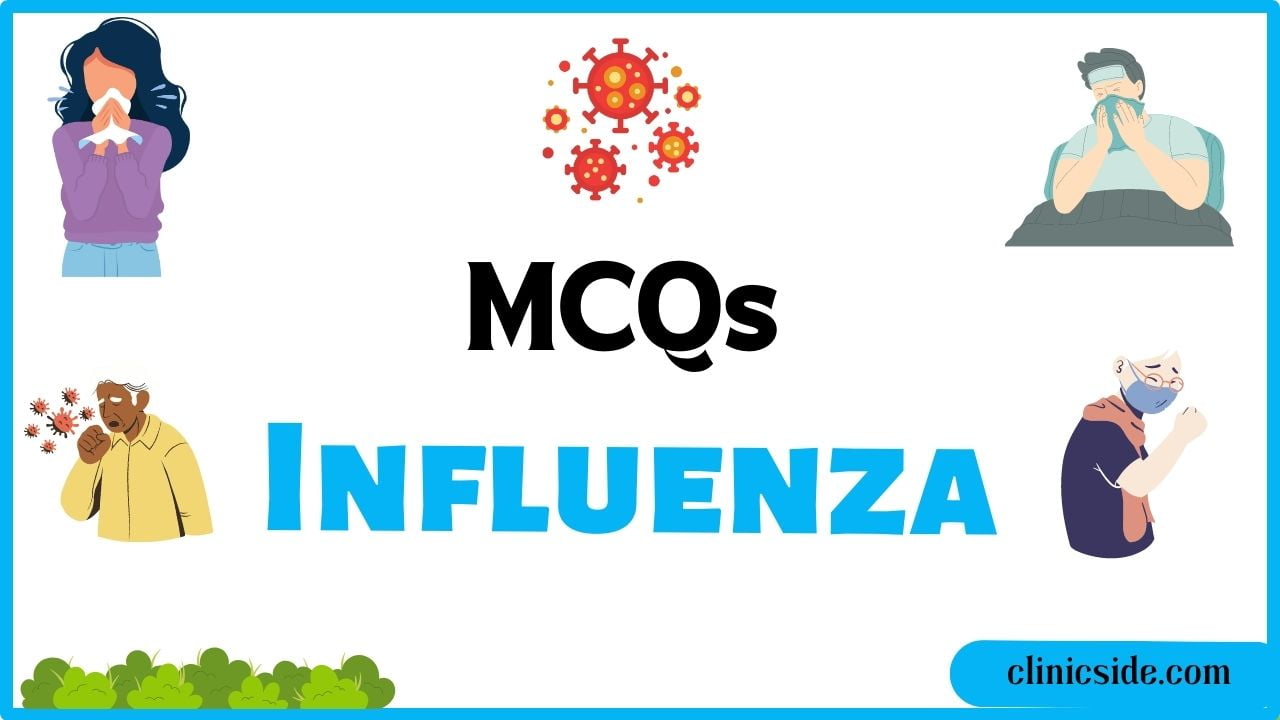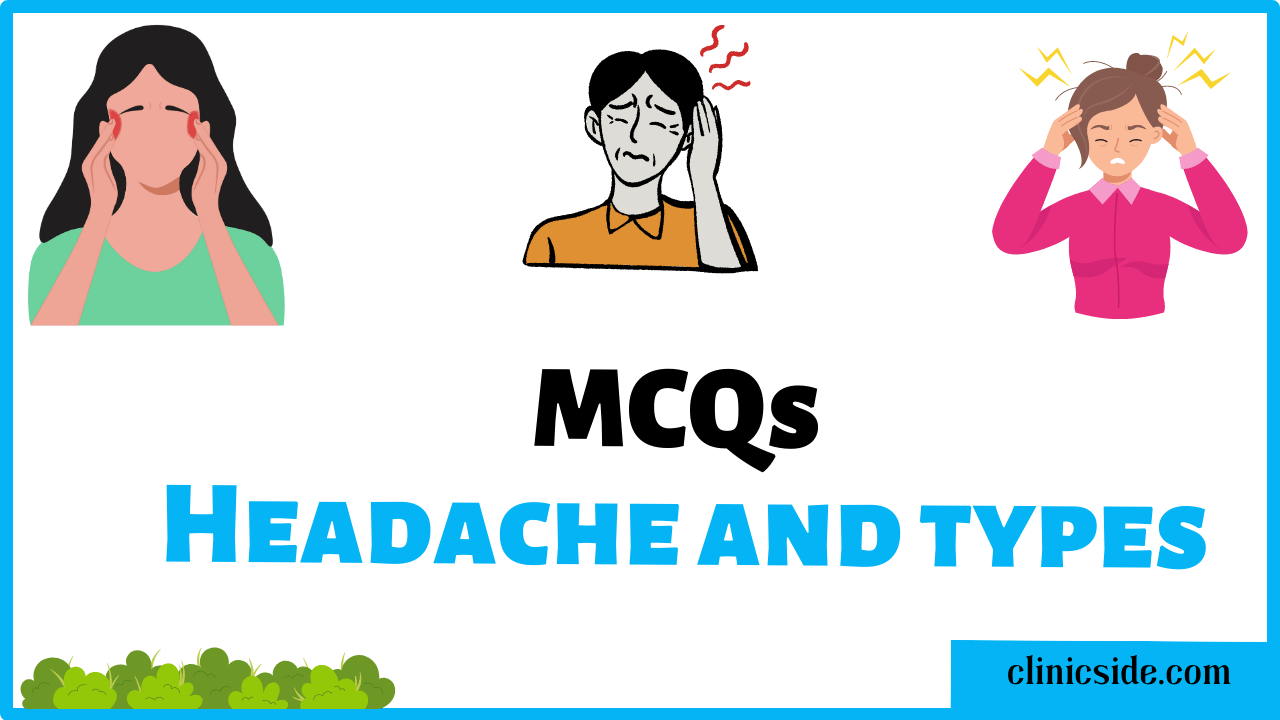Quiz
Available options: 1 to 20
Pre-Quiz Discussion on Communicable Diseases.:
In the realm of public health, communicable diseases pose a persistent challenge. These diseases, also known as infectious or contagious diseases, are caused by pathogens and can be transmitted from person to person. In this comprehensive guide, we’ll delve into the dynamics of communicable diseases, exploring their prevention, transmission, and control strategies.
Communicable Diseases: An Overview
Defining Communicable Diseases
Communicable diseases are caused by germs such as bacteria, viruses, parasites, or fungi, and they can be passed through various means like touch, air, or contaminated objects. Common examples include the flu, colds, and infections. Staying clean, practicing good hygiene, and getting vaccinated are ways to help prevent the spread of communicable diseases.
Common Types of Communicable Diseases
- Respiratory infections (e.g., influenza, tuberculosis)
- Waterborne diseases (e.g., cholera, dysentery)
- Vector-borne diseases (e.g., malaria, dengue fever)
- Sexually transmitted infections (e.g., HIV, gonorrhea)
- Vaccine-preventable diseases (e.g., measles, polio)
Transmission and Spread
Modes of Transmission
- Direct transmission (person-to-person)
- Indirect transmission (via surfaces or vectors)
- Airborne transmission (through respiratory droplets)
Factors Affecting Transmission
- Population density
- Hygiene practices
- Immunization coverage
- Prevention Strategies
- Vaccination
Vaccination
Vaccines provide immunity against specific pathogens, preventing infection and reducing the spread of diseases.
Hygiene Practices
Proper handwashing, respiratory etiquette, and personal hygiene significantly reduce the risk of transmission.
Vector Control
In areas prone to vector-borne diseases, controlling mosquitoes and other carriers is crucial.
Quarantine Measures
Isolating individuals with infectious diseases helps prevent the spread to others.
Importance of Early Detection and Treatment
Diagnostic Tools
Rapid diagnostic tests and advanced laboratory techniques aid in early disease detection.
Antibiotics and Antivirals
Timely administration of appropriate medications is essential for treating and containing infections.
International Collaborations
Organizations like the World Health Organization (WHO) work to coordinate global responses to communicable diseases.
Test Guidelines and Time Limit:
Guidelines for Maximizing Your Quiz Experience:
Read and Understand:
Carefully read each question related to communicable diseases and ensure you have a clear understanding of the concepts before selecting your answer. This will help you make informed choices and avoid misconceptions.
Choose the Best Answer:
Evaluate all available options before selecting the one that aligns best with your knowledge of communicable diseases. Strive for accuracy and relevance in your responses.
Time Management:
The quiz has a time limit based on the number of questions you choose. Allocate 45 seconds per question. Manage your time wisely to complete all questions within the allotted time.
Efficient time management increases your likelihood of successfully completing the quiz and submitting your answers within the designated timeframe. Best of luck!






